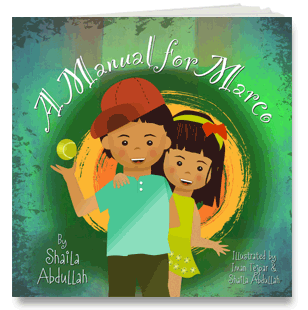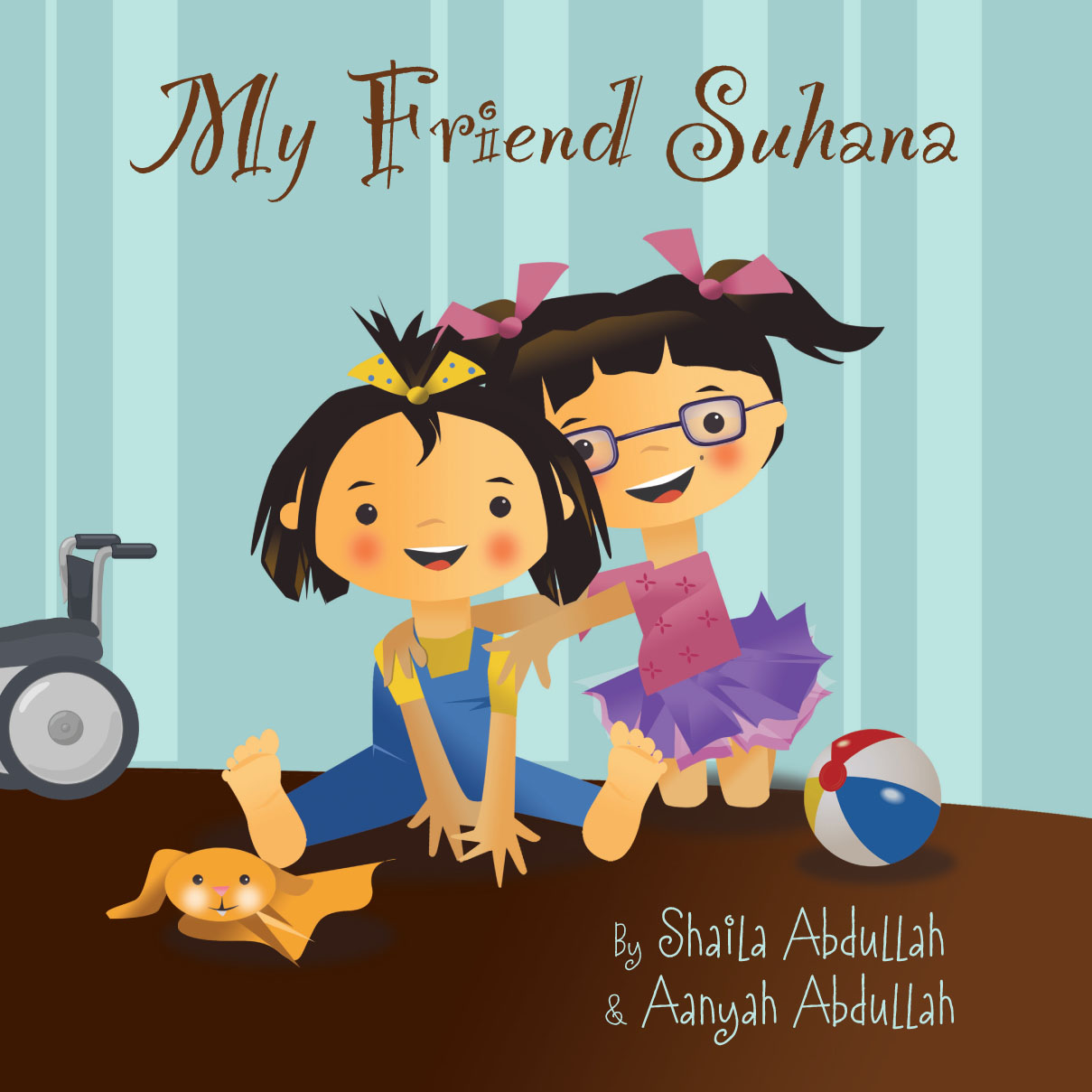 Join us as we kick off a month-long tour of A Manual for Marco.
Join us as we kick off a month-long tour of A Manual for Marco.Book Tour for A Manual for Marco
 Join us as we kick off a month-long tour of A Manual for Marco.
Join us as we kick off a month-long tour of A Manual for Marco. Join us as we kick off a month-long tour of A Manual for Marco.
Join us as we kick off a month-long tour of A Manual for Marco.– Marco
www.ShailaAbdullah.com
Excerpted from A Manual for Marco
Loving Healing Press
Available in paperback, hardback and ebook
Another reference to the Washington and Lee University research study done on Saffron Dreams, this time by the Association of Psychological Science Observer. See an excerpt below:
According to a study led by psychology researcher Dan Johnson, the exploration of fictional characters’ inner lives may even help counter certain racial, ethnic, and cultural biases. Johnson, an assistant professor of psychology at Washington and Lee University, assigned a subset of 68 study participants to read an excerpt from the 2009 novel Saffron Dreams by Shaila Abdullah. The story’s protagonist, a counter-stereotypical Muslim woman, is attacked by a group of male teenagers who spew racial and ethnic slurs at her. The other participants simply read a synopsis of the excerpt, devoid of descriptive prose and dialogue.
Next, the researchers showed the participants a series of pictures of ambiguous-race faces and asked them to rate them as either Arab, Caucasian, mixed but mostly Arab, or mixed but mostly Caucasian.
The participants who read the actual excerpt were more likely than the synopsis readers to categorize people as mixed race, rather than identifying them as either Arab or Caucasian. In essence, racial categories became less salient for them after they read Abdullah’s story.
In a second experiment, Johnson and his colleagues recruited 110 students online and had them read either the excerpt of the novel, a brief synopsis, or a separate piece about the history of the automobile. Afterwards, the participants viewed 12 images of the ambiguous-race faces expressing varying levels of anger. Again, the students were asked to assign each face to one of the same four categories used in the earlier study. Participants who read the synopsis or the history piece tended to categorize the most intensely angry faces as Arab. But those who read Abdullah’s narrative showed no such bias.
This led Johnson and his team to conclude that artfully written, evocative fiction helps people identify with characters from different cultures — and thus disrupts readers’ tendency to stereotype and judge.
Take a look at the exciting lineup of blogs that are promoting my book from November 19 until December 19. Please join us:
 Have you ever wondered what it is like to be trapped in a body that refuses to follow the commands of your mind? Now imagine a 7 year old in that situation. In the child’s medical file, a single label sets the course of her life: cerebral palsy. Sitting in a wheelchair, she waits on the sidelines at recess. Around her, there is the sound of life being lived to the fullest––kids chasing each other, running, swinging high in the air, playing hopscotch!
Have you ever wondered what it is like to be trapped in a body that refuses to follow the commands of your mind? Now imagine a 7 year old in that situation. In the child’s medical file, a single label sets the course of her life: cerebral palsy. Sitting in a wheelchair, she waits on the sidelines at recess. Around her, there is the sound of life being lived to the fullest––kids chasing each other, running, swinging high in the air, playing hopscotch!
Except for her! Her arms twitch. Yearning to connect, to reach out to another.
A child walks up to her and takes her hand in her hand. Her new friend kneels down and starts talking to her. Engages her in nonverbal play. Draws a face in the dirt with a stick! Laughs. The girl in wheelchair gets excited. She wants to smile but she can’t.
Her friend smiles for her.
I am happy to introduce you to my children’s book, My Friend Suhana, coauthored with my 10-year old daughter Aanyah Abdullah. It is a story about a little girl who forms a close bond with a girl who has cerebral palsy. The little girl finds that through her art, she can reach her special friend Suhana. My Friend Suhana is targeted for children ages 6-8 years. The illustrations were also created by me, with Aanyah serving as a creative director.
My daughter, Aanyah, is the inspiration behind this project. Back in 2011, when she was barely 7, she wrote an essay in class about her friendship with a non-communicative girl with cerebral palsy. The essay touched me deeply, as did the friendship between the two girls. Art, I observed, played a major role in strengthening their bond.
Around the same time, I noticed an alarming gap in children’s literature dealing with disability, especially those that encouraged friendships between mainstream children and children with special needs. I felt that a book like My Friend Suhana would be instrumental in providing tips and tools for both children and parents of special needs children who often find it hard to explain their children’s disability to other children.
Hailed as “Highly recommended for anyone in the position of mentoring a beloved child through the hard places of life” by critics, My Friend Suhana celebrates special friendships and ways of reaching children with disabilities. Dawn Cruzan, president of Camp Craig Allen for all abilities lauded My Friend Suhana for its message of respect, friendship, and support. “As a leader in advocating for the ‘most overlooked’ disabilities, which sometimes include nonverbal communication, this was outstanding in providing these differences,” she said.
My hope is that by reading this book, children would feel equipped to connect and bond with children with disabilities. Not all friendships need words to be perfect. Some are connections of the heart!
Learn more and share My Friend Suhana
Originally posted at Special Needs Book Review on 05/18/2014